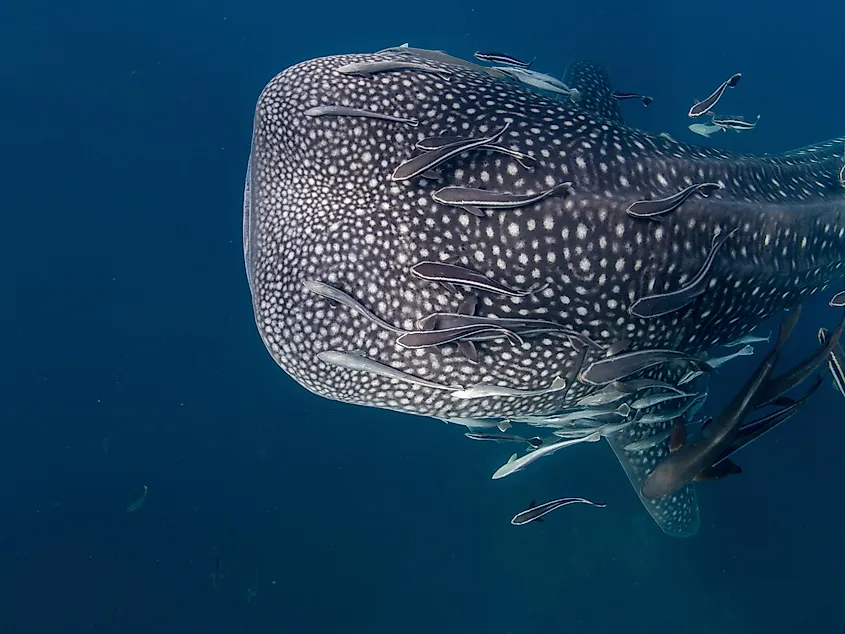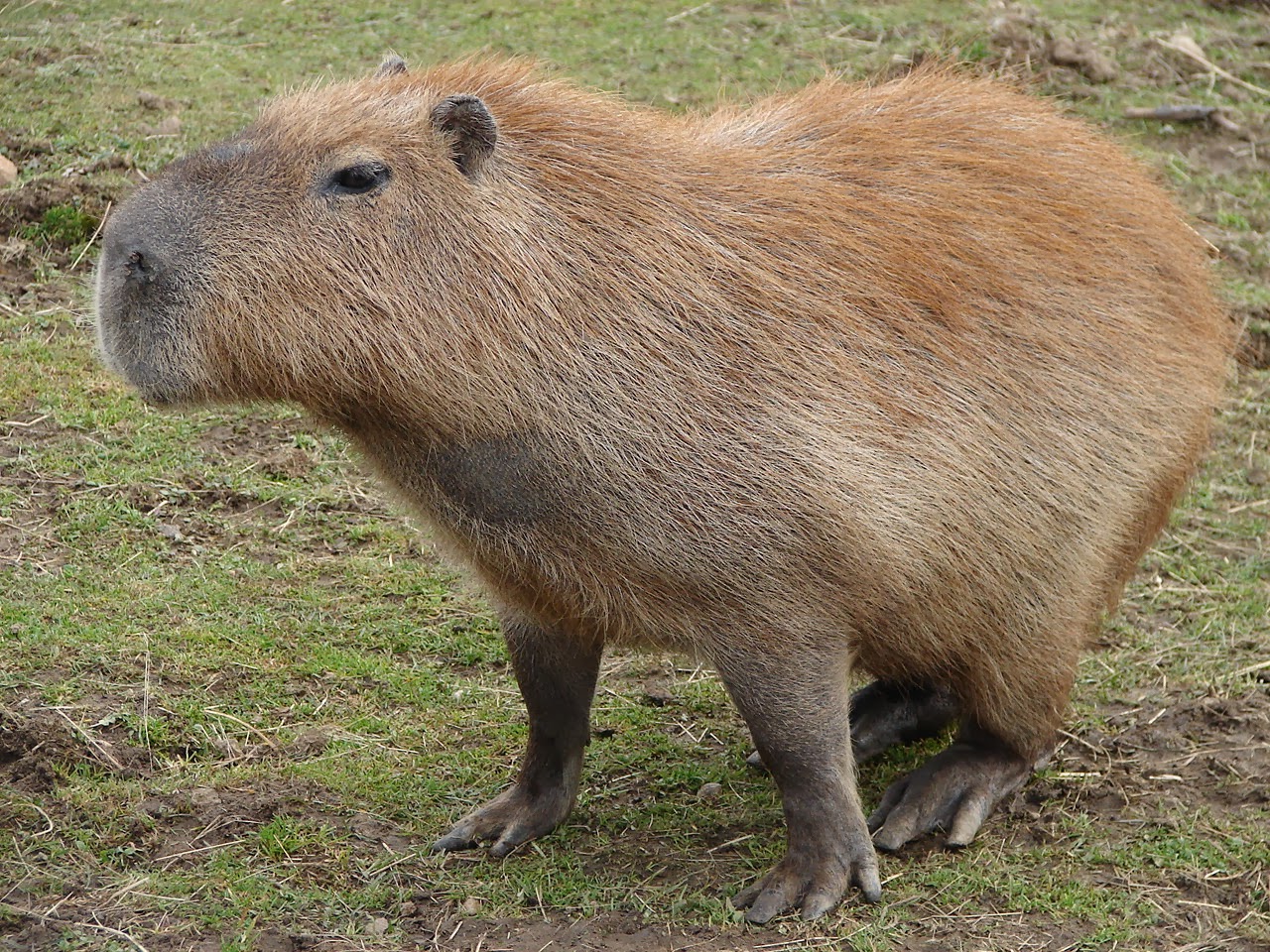What do you find in an ecosystem?
An ecosystem is a physical environment with living and nonliving components.
What are some resources that organisms compete for in an ecosystem?
Name three.
Air, water, food, space, soil, nutrients, shelter, mates..
What type of relationship exists between sharks and remoras?

Commensalism
The remoras attach themselves to the shark for easy transportation and feed off the sharks scraps.
How do environmental changes, such as temperature fluctuations or food availability, shape the traits that are beneficial for a population's survival?
Different traits may now be an advantage and are selected for.
What is a habitat?
the home of an animal or a plant, and it provides everything they need to live, including food, water, air, light, and shelter

What is a population?
all organisms of the same species that live in a specific area
Why would not sharing a niche be helpful to an organism’s survival?
No competition for resources
What type of symbiotic relationship exists between fruit-eating bats and flowers?
Mutualism

What are some examples of populations where a lack of variation led to a decline in survival as the environment changed?
Cheetahs: The African cheetah has very low genetic diversity, which makes it more susceptible to diseases and reduces its ability to adapt to changing environments.
Tasmanian Devils: This species has faced significant declines due to a contagious cancer known as Devil Facial Tumor Disease (DFTD). The low genetic diversity among Tasmanian devils has made it difficult for them to mount an effective immune response against the disease.
Banana Plants: The Cavendish banana, which is the most commonly consumed banana variety worldwide, is genetically uniform. This lack of genetic diversity makes it highly vulnerable to diseases like Panama disease, which has devastated banana plantations.
What is variation?
any difference among individuals of the same species passed on from their parents

How would you explain the word hierarchy?
Hierarchy refers to a system of organization where elements are ranked one above the other according to their importance

What happens if one species outcompetes another?
One species will outcompete the other. The other will adapt to a new niche, find a new environment, or die out.
Mutualism, parasitism, and commensalism are types of __________. These relationships are seen throughout a(n) __________, which is a group of biotic and abiotic factors in an area.
symbiosis; ecosystem
Why might a trait that is beneficial in one environment become a disadvantage if the environment changes?
Fur or skin color may no longer camouflage an organism if the environment changes.

What is a niche?
A niche refers to the role of a species in its ecosystem

What is the smallest level of organization in ecosystems?
Organism

When does competition usually occur in an ecosystem?
Competition will occur between organisms in an ecosystem when their niches overlap, they both try to use the same resource and the resource is in short supply.
What type of relationship exists between dogs and fleas?
Parasitism

How can specific variations within a population help certain individuals survive when environmental conditions change?
Individuals with adaptive traits — traits that give them some advantage—are more likely to survive and reproduce.

What does biotic mean?
the living and once living components of an ecosystem
What is a community?
all the populations that live in an ecosystem together

Why do some plants and animals compete for things like sunlight, water, or certain temperatures, and how does this competition affect the balance of the ecosystem?
Scarcity of resources.
What are the three types of symbiotic relationships?
- Mutualism
- Commensalism
- Parasitism

What role does natural selection play in determining which variations within a population become more common over time?
Favorable traits are selected for and add to the overall fitness of the population.
What does symbiotic mean?
A close relationship between two different kinds of organisms, or living things